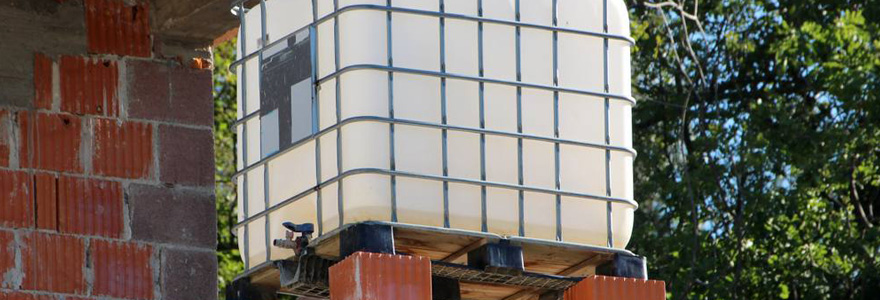
An intermediate bulk container, also referred to as IBC tank, is a reusable container, mainly made to store or transit bulk liquids, pastes, or semi-solids. These containers are cost-friendly alternatives to the equivalent sized standard storage tanks. There are different types and sizes of the IBC Greif containers in the market that you can select and buy.
Various industries such as the food and beverage, cosmetics, and pharmaceuticals or individuals mostly acquire these IBC tanks for storage and transportation of bulk liquids.
However, one needs the right information and tips to select the right size, material, or type of the intermediate bulk container to serve particular requirements. In this post, you will find the necessary information, tips, and guidelines for you or the industry you work with to find and select the most suitable IBC tank for your purposes.
Most Common Types of Intermediate Bulk Containers
Rigid Intermediate Bulk Container
Intermediate bulk containers are available in two main types. The first type is referred to as the rigid intermediate bulk container. It can be stacked, reused, it is versatile and contains a pallet base which allows lifts to lift and move them quickly.
These types of containers are usually made from plastic, metal, or the two materials combined. While buying your IBC tank, ensure you take into consideration the material it is made of depending on the type of liquid or semi-solids you intend to store or transport.
The rigid type of IBCs is designed to hold from 400 liters up to 3000 liters of liquid. Therefore, while you buy an IBC tank, ensure you consider selecting the right size to store your liquids effectively.
The majority of the rigid IBC tanks are made of the caged IBC tote that is usually a translucent plastic container enclosed on a tube-like steel grid. The tank is cheap and suitable for use for a variety of purposes.
Flexible Intermediate Bulk Container
The second type of IBC is known as the flexible IBC tank. These tanks can store from 500 up to 1000 kg of liquid or semi-solid or solid products. They are also made of metal or plastic accompanied by wood, aluminum, or folding plastic.
An excellent example of the flexible IBCs is the folding intermediate bulk container, which folds its sides inwards when the tank is empty. They are mostly suitable for the storage of dry items like sand or fertilizer.
Benefits of Intermediate Bulk Containers Over Normal Tanks
Intermediate bulk containers have several benefits over the regular storage tanks in the packaging industry. The cube-shape of the IBCs is one of its benefits. The shape allows for easy transportation since they can accommodate more products as compared to cylindrical-shaped tanks.
The IBC tanks usually contain plastic liners, which may be discharged and recycled in several ways that are environmental-friendly. Additionally, IBCs provide a means of bulk-packaging items that are half-complete for full repackaging in a different location or country where the product can be converted into consumer forms.
IBCs are easily organized and are highly mobile due to their cube-shape, giving them the capability to be moved easily as compared to standard types of storage tanks. The majority of the intermediate bulk containers consist of a base that makes lifting using any forklift while the cylindrical containers require special cranes to lift in most cases.
Another benefit of using IBC tanks is that they are made from high-quality materials, offering you long-term durability. This allows your business to have a dependable and consistent method of handling, storing, and transporting various items needed to be stored or transported.
Key Uses of Intermediate Bulk Containers
In the food and beverage sector, IBC tanks are used to hold and store liquids, food ingredients in the form of powder or granulated items. They also contain food syrups, including corn syrup. Some people use these tanks for wine fermentation or alcohol processing.
In the industrial sector, they are used to hold paints or other coatings and other raw materials that assist in industrial processes. For instance, IBCs are commonly used to store water through rainwater harvesting.
Another common use of the IBC tanks is for the storage of bulk chemicals. Hazardous items, as well as other dangerous products, may be stored in the IBC Grief tanks. Such products like solvents, adhesives, oil, gas, detergents, and pharmaceutical products are commonly stored in these tanks.